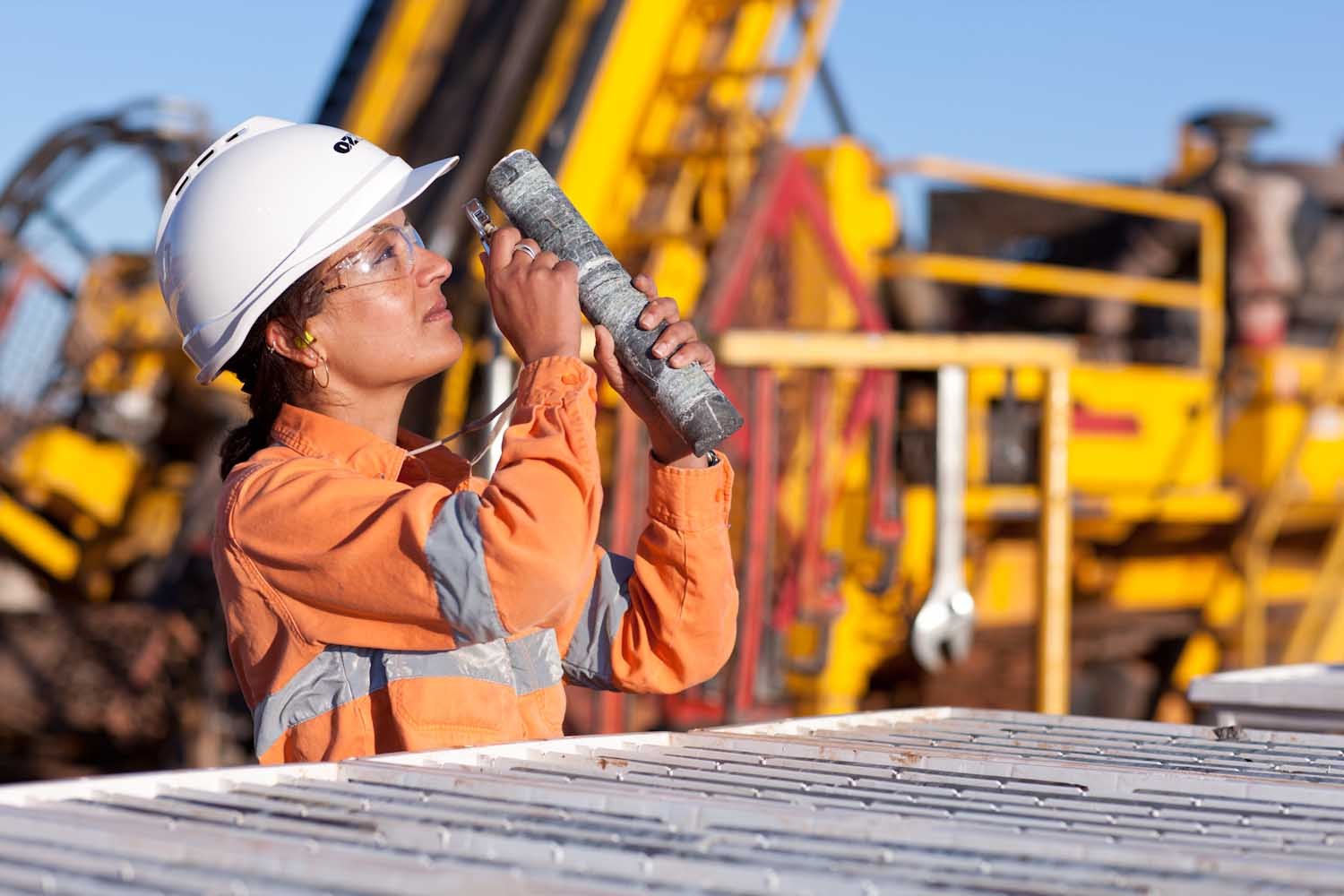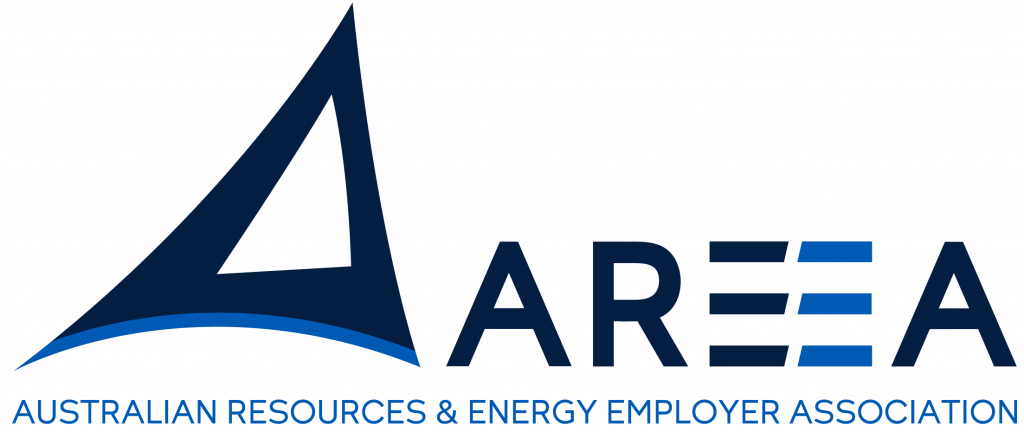Resources and energy employers have an intense focus on attracting more female talent to the industry, despite the latest Workplace Gender Equality Agency (WGEA) data showing only a small increase in representation.

WGEA’s 2019-20 Gender Equality Scorecard, released last week, showed female participation in the mining industry continues to increase at a slower than preferred rate, with women accounting for 18% of all employees, up from 17% in 2018-19.
“While the figures don’t show the desired level of growth, AREEA continues to guide and support many resources and energy employers committed to increasing their female workforce and leadership representation,” Tara Diamond, Director Operations, Australian Resources and Energy Group AREEA, said.
“Many employers have developed industry-leading policies and initiatives to attract and develop women into the resources and energy industry.
“This includes expanded paid parental leave, initiatives to progress more women into leadership positions and job re-design, just to name a few.”
AREEA also continues supporting the industry through its national workforce gender diversity and inclusion initiative, the Australian Women in Resources Alliance (AWRA).
“During the early stages of COVID-19, employers were challenged to focus on inclusion and diversity while essential operations took centre stage,” Ms Diamond said.
“However, we are now seeing a renewed focus to ensure they don’t miss out on the wide-ranging and long-term rewards of more inclusive and diverse workplaces.”
AREEA is also playing its part in building the pipeline of future industry skills through its Bright Future STEM primary school program.
“We are incredibly proud of the response and engagement as we continue rolling out the Bright Future STEM program to thousands of schoolkids across the country,” Ms Diamond said.
“In particular, the program helps breakdown gender stereotypes by showcasing inspirational female STEM professionals, while bringing to life Science, Technology, Engineering and Maths subjects and how they link back to real jobs in resources and energy.”
New WGEA data shows employer action on gender equality has stalled
Across all industries, WGEA said the data revealed a worrying decline in employer action on gender equality prior to the impact of COVID-19. Whilst the gender pay gap for total remuneration dropped just 0.7 percentage points (pp) to 20.1%, men still out-earn women on average by $25,534.
Other than the small improvement in the gender pay gap, access to flexible work increased and over 50% of employers now offer paid primary carer’s leave. WGEA Director Libby Lyons (pictured) said the most troubling finding was a substantial 6.1pp decline in the number of employers taking action on pay equity and women continue to dominate the more insecure part-time and casual roles.
She said before the COVID-19 pandemic hit, there was concern Australian employers had become complacent and in the grip of “gender equality fatigue”.
Ms Lyons pointed to some positive developments, outlinig that for the first time since data was collected, over 50% of employers now offer paid primary carer’s leave to their employees.
“Women’s promotions and appointments to managerial roles continues to rise with women now comprising almost four in 10 managers in our dataset,” she said. I was also pleased to see another strong increase in employer action on family and domestic violence.
“Access to flexible work also improved. More than three-quarters of employers now have policies or strategies to promote flexible working. The COVID-19 crisis has proved to Australian employers that they can trust their employees to work flexibly and still be productive. Employers must now make flexible work an essential, mainstream practice in their workplaces.
“Our data shows that women’s working experiences and conditions are very different to that of men. Women have more precarious employment circumstances, dominating part-time (75.1%) and casual (56.3%) roles.”



